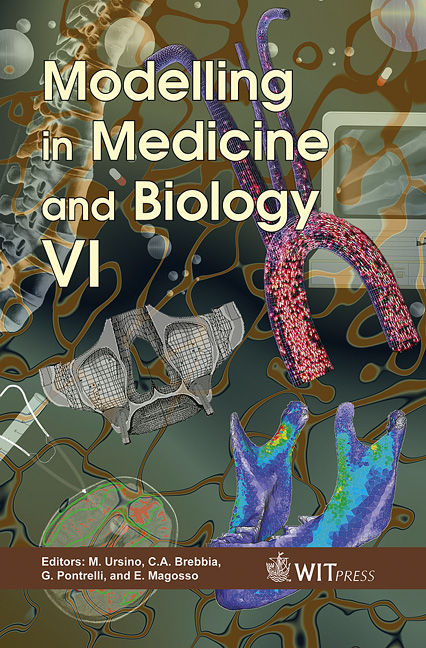Computational Biomechanics Of The Cardiovascular System
Price
Free (open access)
Transaction
Volume
8
Pages
8
Published
2005
Size
651 kb
Paper DOI
10.2495/BIO050371
Copyright
WIT Press
Author(s)
T. Yamaguchi
Abstract
Due to rapid advances in invasive and non-invasive imaging technology in clinical medicine, it is now possible to obtain images of target organs for use in computational analysis modelling. Our ultimate goal is to build a system that can assist clinicians in diagnosis, treatment planning, and follow-up of patients with cardiovascular diseases, and as patients differ in terms of anatomical configuration and disease condition, a wide variety of patient data must be accumulated, not only for statistical analysis but also to improve the processing system. Therefore, a comprehensive database that includes patient data, medical images, computational models, and computed results must be constructed that is within the scope of our current projects. This is part of a long-term research program in the field of computational medicine, which will inevitably become part of mainstream medical development in the near future. The introduction of computational mechanical assistance to medical diagnosis and treatment will enhance the objectiveness of medical decisions. Keywords: computational study, cardiovascular system, clinical application, medical image, blood flow-vascular wall interactions, atherosclerosis. 1 Introduction In the past decades, a great advance was achieved in the computer technology and it enabled us to analyze various phenomena that were not possible to study by numerical means before. Complex biological subjects are nothing exceptional. One of the most successful fields among those conducted by computational methods was the study of the blood flow. Many investigators including us started from fairly simple objects to quite complicated system and
Keywords
computational study, cardiovascular system, clinical application, medical image, blood flow-vascular wall interactions, atherosclerosis.





